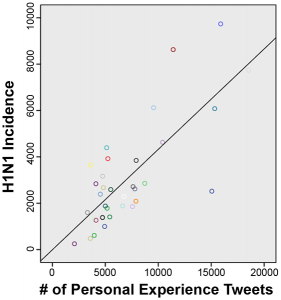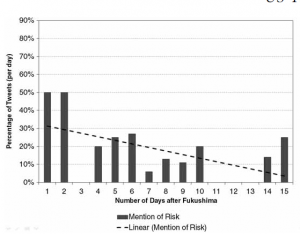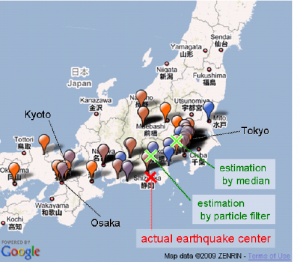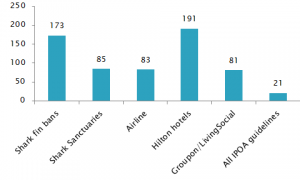 At the 2014 ScienceOnlineTogether conference, I will be moderating a session focusing on how to use social media as a scientific research tool (2:30 P.M. on Friday, February 28th in room 3). The hashtag is #ScioResearch , so be sure to follow along, and I’ll make a Storify afterwards. This post is primarily intended to be a source of background information for participants in my session, though feel free to read, share and ask questions in the comments if you are not planning on participating in my session.
At the 2014 ScienceOnlineTogether conference, I will be moderating a session focusing on how to use social media as a scientific research tool (2:30 P.M. on Friday, February 28th in room 3). The hashtag is #ScioResearch , so be sure to follow along, and I’ll make a Storify afterwards. This post is primarily intended to be a source of background information for participants in my session, though feel free to read, share and ask questions in the comments if you are not planning on participating in my session.
ScienceOnline community members understand the value of social media for collaborating with colleagues and communicating science to the public, but few think of the incredible resource that these tools are for scientific research. Hundreds of millions of people all over the world are constantly sharing their experiences and opinions in a format that is public, archived, searchable, and accessible, giving researchers access to this enormous dataset without the expense or logisitical difficulties involved in organizing a large-scale survey or series of focus groups. To use a technical term, for many types of scientific research, social media and “big data” is what is called “a freakin’ gold mine.”
Below are a few examples of how social media can be used for scientific research.
Public health: Social media can be used to track the spread of diseases, as well as public attitudes towards available treatments. People use social media to share their personal experiences related to a disease (i.e. I was diagnosed with H1N1/ “swine flu”), which can allow researchers to track it’s spread. People also use social media to express their opinion towards treatments, valuable data which can allow us to refine public health policy. Bonus: this paper includes a flu-related joke that was popular on twitter during the time of H1n1.

Public policy: Social media can monitor public attitudes towards government policies, and how they are shaped by breaking news events. For example, by analyzing the content of tweets about nuclear power made by U.S. residents in the days following the Fukushima nuclear disaster, researchers were able to determine how current events influence people’s perceptions of the risk associated with nuclear energy. They also studied what types of information spread most rapidly about this disaster.

Geology: Social media can be used to track events such as earthquakes. When people experience a natural disaster like an earthquake, they are likely to tweet about it. An algorithm was developed to estimate the origin of the earthquake based on the frequency of tweets in different geographic areas, and it was remarkably similar to data generated by geologists.

Economics: Social media can be used to predict economic trends. Studying the mood of twitter users on a given day can provide insight into the national mood, which is known to affect stock market trends.
Fisheries science (no paper yet, unpublished data from my own work). Many ocean stakeholders are active online communicators, including fishers and fisher advocacy organizations, scientists, conservation activists and NGOs. Comparing how they discuss conservation threats and proposed policy solutions can provide valuable insight into how we can effectively resolve these problems. For example, fisheries scientists and technical experts have proposed a series of 10 basic fisheries management policies to conserve and manage shark populations (outlined here). However, a content analysis of tweets by conservation activists shows a much higher focus on other policy solutions, differences which can have a major impact on what policies actually get enacted.

In the session I’m moderating, we’ll discuss examples of social media being used for scientific research, as well as advantages and disadvantages of this tool and strategies for success. I hope to see many of you there!

You might also check out the research funded by NSF on Twitter based communication and network dynamics in disaster. http://www.heroicproject.org.